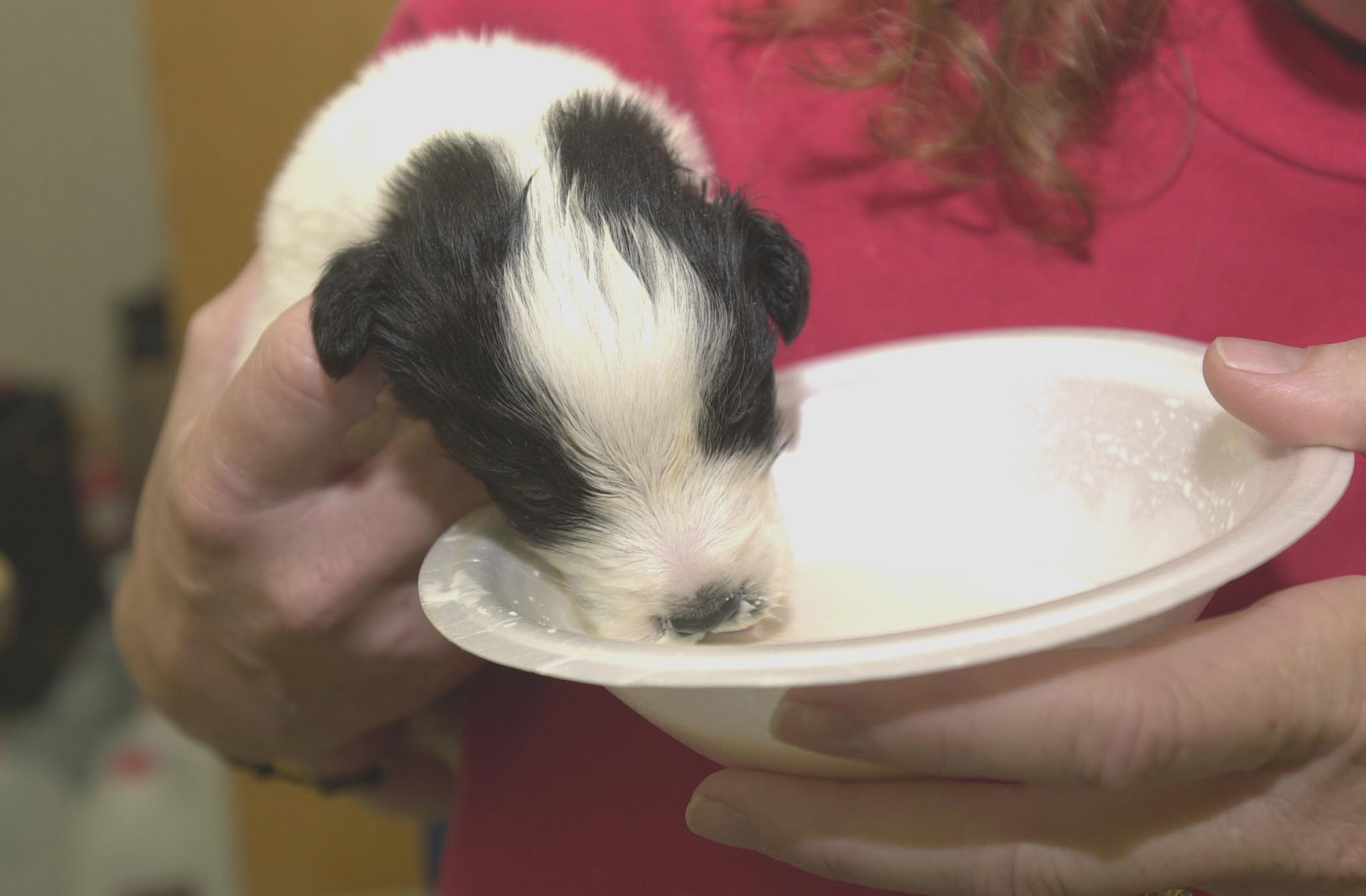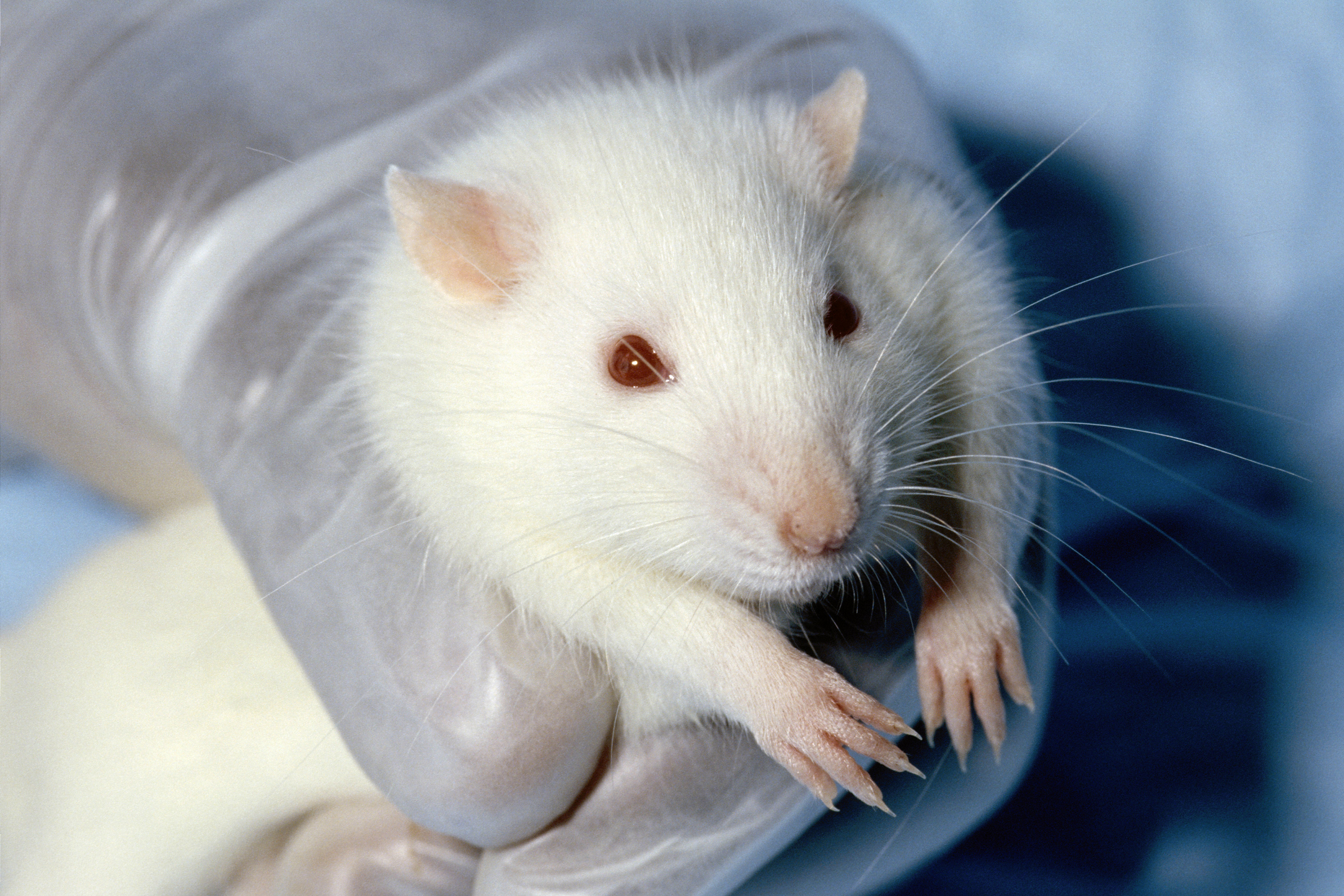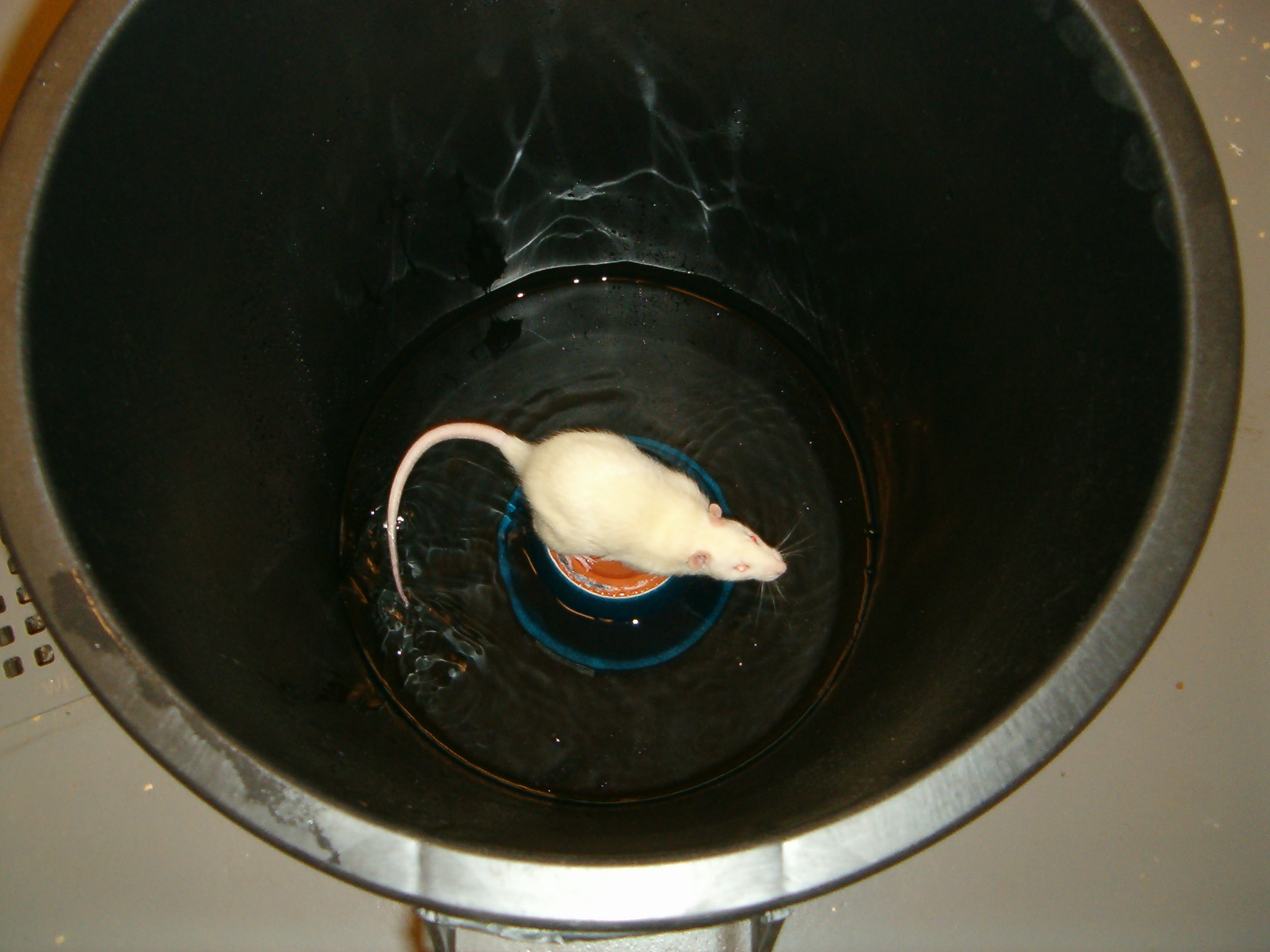|
AAALAC International
AAALAC International is a private, nonprofit organization headquartered in Frederick, Maryland, that promotes the humane treatment of animals in science through voluntary accreditation and assessment programs. The accreditation program started in 1965, when some veterinarians and researchers organized the American Association for Accreditation of Laboratory Animal Care, or AAALAC. In 1996, AAALAC changed its name to the Association for Assessment and Accreditation of Laboratory Animal Care International (AAALAC International). The organization said the name change reflected the organization's growth in other countries and its commitment to enhancing life sciences and quality animal care around the world. Since 2016, the organization is officially known only by its acronym, AAALAC International. There are currently about 1,000 organizations worldwide accredited through its program. Along with meeting all applicable local and national regulations, AAALAC accredited institutions must ... [...More Info...] [...Related Items...] OR: [Wikipedia] [Google] [Baidu] |
Frederick, Maryland
Frederick is a city in, and the county seat of, Frederick County, Maryland, United States. Frederick's population was 78,171 people as of the 2020 United States census, 2020 census, making it the List of municipalities in Maryland, second-largest incorporated city in Maryland behind Baltimore. It is a part of the Washington metropolitan area and the greater Washington–Baltimore combined statistical area. The city is located at an important crossroads at the intersection of a major north–south Native Americans in the United States, Native American trail and east–west routes to the Chesapeake Bay, both at Baltimore and what became Washington, D.C., and across the Appalachian Mountains to the Ohio River watershed. Frederick is home to Frederick Municipal Airport (Maryland), Frederick Municipal Airport (International Air Transport Association airport code, IATA: FDK), which accommodates general aviation, and Fort Detrick, a United States Army, U.S. Army bioscience and communica ... [...More Info...] [...Related Items...] OR: [Wikipedia] [Google] [Baidu] |
National Research Council (United States)
The National Academies of Sciences, Engineering, and Medicine (NASEM), also known as the National Academies, is a congressionally chartered organization that serves as the collective scientific national academy of the United States. The name is used interchangeably in two senses: (1) as an umbrella term or parent organization for its three sub-divisions that operate as quasi-independent honorific learned society member organizations known as the National Academy of Sciences (NAS), the National Academy of Engineering (NAE), and the National Academy of Medicine (NAM); and (2) as the brand for studies and reports issued by the unified operating arm of the three academies originally known as the National Research Council (NRC). The National Academies also serve as public policy advisors, research institutes, think tanks, and public administration consultants on issues of public importance or on request by the government. The National Research Council, National Academy of Engineeri ... [...More Info...] [...Related Items...] OR: [Wikipedia] [Google] [Baidu] |
Animal Welfare
Animal welfare is the quality of life and overall well-being of animals. Formal standards of animal welfare vary between contexts, but are debated mostly by animal welfare groups, legislators, and academics. Animal welfare science uses measures such as longevity, disease, immunosuppression, ethology, behavior, physiology, and reproduction, although there is debate about which of these best indicate animal welfare. Respect for animal welfare is often based on the belief that nonhuman animals are Sentience, sentient and that consideration should be given to their well-being or suffering, especially when they are under the care of humans. These concerns can include how animals are Animal slaughter, slaughtered for food, how they are used in Animal testing, scientific research, how they are kept (as pets, in zoos, farms, circuses, etc.), and how human activities affect the welfare and survival of wild species. There are two forms of criticism of the concept of animal welfare, comin ... [...More Info...] [...Related Items...] OR: [Wikipedia] [Google] [Baidu] |
Animal Testing
Animal testing, also known as animal experimentation, animal research, and ''in vivo'' testing, is the use of animals, as model organisms, in experiments that seek answers to scientific and medical questions. This approach can be contrasted with field studies in which animals are observed in their natural environments or habitats. Experimental research with animals is usually conducted in universities, medical schools, pharmaceutical companies, defense establishments, and commercial facilities that provide animal-testing services to the industry. The focus of animal testing varies on a continuum from Basic research, pure research, focusing on developing fundamental knowledge of an organism, to applied research, which may focus on answering some questions of great practical importance, such as finding a cure for a disease. Examples of applied research include testing disease treatments, breeding, defense research, and Toxicology testing, toxicology, including Testing cosmetics ... [...More Info...] [...Related Items...] OR: [Wikipedia] [Google] [Baidu] |
American Association For Laboratory Animal Science
The American Association for Laboratory Animal Science (AALAS) is a 501(c)(3) nonprofit membership association, established in 1950 as a forum for the exchange of information and expertise in the care and use of laboratory animals. Membership consists of approximately 12,000 individual, institutional, commercial and affiliate members. The national office is located in Memphis, TN. National meeting Each fall since 1950, the American Association for Laboratory Animal Science has held its annual National Meeting. During the five days of the meeting, members and nonmembers participate in workshops, lectures, poster sessions, and exhibits. The program is designed to have topics relevant to the entire membership. Exhibitors have an opportunity to interact with AALAS members from the academic community, research institutions, government organizations, and commercial companies. Eight professional and technical awards for excellence in the field of laboratory animal science are given each ... [...More Info...] [...Related Items...] OR: [Wikipedia] [Google] [Baidu] |
Animal Welfare Act Of 1966
The Animal Welfare Act (Laboratory Animal Welfare Act of 1966, ) was signed into law by President Lyndon B. Johnson on August 24, 1966. It is the main federal law in the United States that regulates the treatment of animals in research and exhibition. Other laws, policies, and guidelines may include additional species coverage or specifications for animal care and use, but all refer to the Animal Welfare Act (otherwise known as the "AWA") as the minimally acceptable standard for animal treatment and care. The USDA and APHIS oversee the AWA and the House and Senate Agriculture Committees have primary legislative jurisdiction over the Act. Animals covered under this Act include any live or dead cat, dog, hamster, rabbit, nonhuman primate, guinea pig, and any other warm-blooded animal determined by the Secretary of Agriculture for research, pet use or exhibition. Excluded from the Act are birds, rats of the genus ''Rattus'' (laboratory rats), mice of the genus ''Mus'' (laboratory mic ... [...More Info...] [...Related Items...] OR: [Wikipedia] [Google] [Baidu] |
Food Security Act Of 1985
The Food Security Act of 1985 (P.L. 99–198, also known as the 1985 U.S. Farm Bill), a five-year omnibus farm bill, allowed lower commodity price, income supports, and established a dairy herd buyout program. This 1985 farm bill made changes in a variety of other USDA programs. Several enduring conservation programs were created, including sodbuster, swampbuster, and the Conservation Reserve Program. Summary The Food Security Act of 1985 was passed by the United States Congress on December 18, 1985, and signed by the President Ronald Reagan on December 23, 1985. This was the first farm bill with a specific title devoted to conservation programs and policies. The 1985 Farm Bill included the Conservation Reserve Program (CRP) in its current form and operation, but most notably it included conservation compliance requirements: to be eligible for commodity subsidies farmers had to comply with provisions known as swampbuster (addressing the draining of wetlands), sodbuster (address ... [...More Info...] [...Related Items...] OR: [Wikipedia] [Google] [Baidu] |
In Vivo
Studies that are ''in vivo'' (Latin for "within the living"; often not italicized in English) are those in which the effects of various biological entities are tested on whole, living organisms or cells, usually animals, including humans, and plants, as opposed to a tissue extract or dead organism. Examples of investigations ''in vivo'' include: the pathogenesis of disease by comparing the effects of bacterial infection with the effects of purified bacterial toxins; the development of non-antibiotics, antiviral drugs, and new drugs generally; and new surgical procedures. Consequently, animal testing and clinical trials are major elements of ''in vivo'' research. ''In vivo'' testing is often employed over ''in vitro'' because it is better suited for observing the overall effects of an experiment on a living subject. In drug discovery, for example, verification of efficacy ''in vivo'' is crucial, because ''in vitro'' assays can sometimes yield misleading results with drug c ... [...More Info...] [...Related Items...] OR: [Wikipedia] [Google] [Baidu] |
Animal Welfare Organizations Based In The United States
Animals are multicellular, eukaryotic organisms in the biological kingdom Animalia (). With few exceptions, animals consume organic material, breathe oxygen, have myocytes and are able to move, can reproduce sexually, and grow from a hollow sphere of cells, the blastula, during embryonic development. Animals form a clade, meaning that they arose from a single common ancestor. Over 1.5 million living animal species have been described, of which around 1.05 million are insects, over 85,000 are molluscs, and around 65,000 are vertebrates. It has been estimated there are as many as 7.77 million animal species on Earth. Animal body lengths range from to . They have complex ecologies and interactions with each other and their environments, forming intricate food webs. The scientific study of animals is known as zoology, and the study of animal behaviour is known as ethology. The animal kingdom is divided into five major clades, namely Porifera, Ctenophora, Placo ... [...More Info...] [...Related Items...] OR: [Wikipedia] [Google] [Baidu] |
Research Methods
Research is creative and systematic work undertaken to increase the stock of knowledge. It involves the collection, organization, and analysis of evidence to increase understanding of a topic, characterized by a particular attentiveness to controlling sources of bias and error. These activities are characterized by accounting and controlling for biases. A research project may be an expansion of past work in the field. To test the validity of instruments, procedures, or experiments, research may replicate elements of prior projects or the project as a whole. The primary purposes of basic research (as opposed to applied research) are documentation, discovery, interpretation, and the research and development (R&D) of methods and systems for the advancement of human knowledge. Approaches to research depend on epistemologies, which vary considerably both within and between humanities and sciences. There are several forms of research: scientific, humanities, artistic, economic, ... [...More Info...] [...Related Items...] OR: [Wikipedia] [Google] [Baidu] |
Laboratory Animals
Animal testing, also known as animal experimentation, animal research, and ''in vivo'' testing, is the use of animals, as model organisms, in experiments that seek answers to scientific and medical questions. This approach can be contrasted with field studies in which animals are observed in their natural environments or habitats. Experimental research with animals is usually conducted in universities, medical schools, pharmaceutical companies, defense establishments, and commercial facilities that provide animal-testing services to the industry. The focus of animal testing varies on a continuum from Basic research, pure research, focusing on developing fundamental knowledge of an organism, to applied research, which may focus on answering some questions of great practical importance, such as finding a cure for a disease. Examples of applied research include testing disease treatments, breeding, defense research, and Toxicology testing, toxicology, including Testing cosmetics ... [...More Info...] [...Related Items...] OR: [Wikipedia] [Google] [Baidu] |






